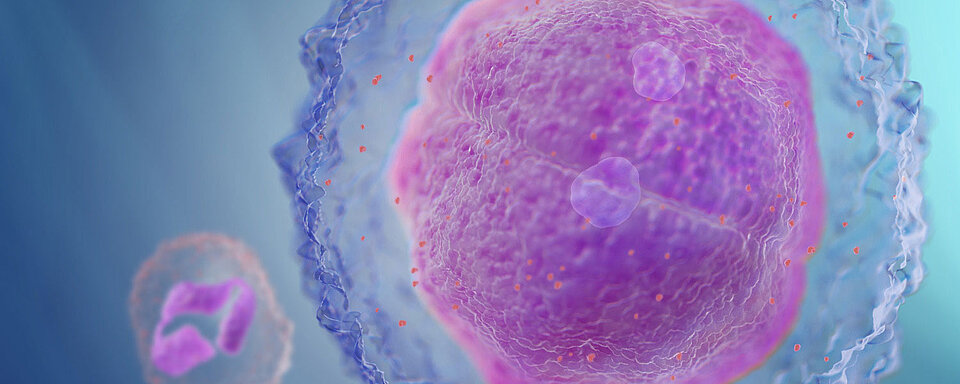Immature Platelet Fraction – IPF
What is Immature Platelet Fraction counting?
IPF levels rise as bone marrow produces more platelets. Measuring IPF therefore reflects bone marrow platelet production from a peripheral blood sample similar to how a reticulocyte count could provide a measure of red cell production.
The immature platelet fraction is a modern parameter that measures young and more reactive platelets in peripheral blood. Sysmex’s XN-Series haematology analysers equipped with PLT-F offer two diagnostic parameters; the absolute immature platelet count (IPF#) and the fraction of immature platelets related to mature platelets (IPF%).
Why count immature platelets?
IPF has a high clinical utility in the laboratory diagnosis and treatment of thrombocytopenia since raised IPF levels are related to increased peripheral platelet destruction. It is particularly useful for supporting the diagnosis of autoimmune thrombocytopenic purpura, thrombotic thrombocytopenic purpura and for distinguishing these from bone marrow suppression or failure. In the latter, the IPF value would be low.
The IPF can be a sensitive measure for evaluating thrombopoietic recovery during aplastic chemotherapy and is suggested to be useful for monitoring patients after chemotherapy and haematopoietic stem cell transplantation. In some specialist haematology and cancer centres, IPF is taken into consideration in platelet transfusions. Here, transplantations are only considered when IPF values are not rising as this would indicate poor intrinsic thrombopoietic activity.
The immature, more reactive platelets have an increased prothrombotic potential and are more resistant to functional inhibition by aspirin and P2Y12 receptor antagonists. Consequently, multiple publications have shown that the IPF absolute count is a measure of residual platelet reactivity. IPF is a predictor of the efficacy of antiplatelet therapy and can be used to assess the risk of future cardiovascular thrombotic events.
Who/which organisations benefit from using IPF?
- Hospitals that deal with cardiovascular diseases.
- Hospitals with haemato-oncological units
- Paediatric / neonatology units for differential diagnosis of juvenile thrombocytopenia and/or monitoring the course of thrombocytopenia.
Benefits
- Differentiate between consumptive versus productive reasons for thrombocytopenia.
- Avoid a bone marrow biopsy with obvious benefits for the patient.
- IPF can better discriminate between the causes of thrombocytopenia than the mean platelet volume (MPV) since younger platelets are not necessarily larger
- Reported reliably even with very low platelet counts.
- Diagnostic parameter IPF# is routinely available
- Valuable for effective risk assessment and therapy monitoring of coronary artery diseases.

